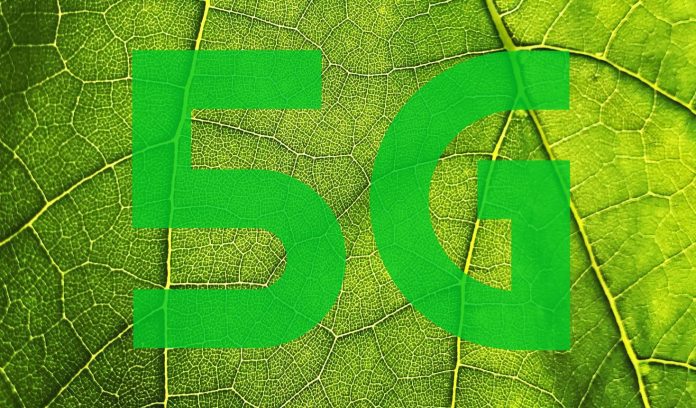BT Group has set itself a 2023 goal for being a net-zero and circular business, and during the recent Telco Sustainability Forum event (available on-demand), Sarwar Khan, BT’s global head of sustainability business, laid out some of the strategic efforts that BT is pursing in order to reach that goal.
Ultimately, he said, BT’s efforts encompass both supporting its customers in achieving their sustainability goals through technology, as well as reducing its own environmental footprint so that its customers can rely on it as a low-carbon part of their supply chain (also known as Scope 3 emissions). “The more we can do to reduce the impact of our global infrastructure, as a sector, by continuing to innovate and drive energy efficiency and carbon efficiency through our networks, then there is a benefit to our customers, because we reduce our carbon footprint, so that they’re able to consume our networks with a lower Scope 3 impact,” Khan said.
BT’s efforts include:
Managing its fleet emissions. BT has a fleet of about 30,000 vehicles, and its plan is to transition them to low-carbon alternatives. He said the company already has more than 2,500 electric vehicles on the roads as part of its Open Reach broadband service.
Working with its supply chain. Most of BT’s emissions actually sit in its own supply chain, which is typical for many organizations, particularly in telecom, Khan explained. He said that the company is working closely with key suppliers—who are also prioritizing their own carbon footprints. “The good thing is that many of the large suppliers—and we share them across the telco sector—have similar targets to BT, and they’re actively working on reducing their emissions,” Khan said.
Migrating its networks to fiber-to-the-premise and 5G. Khan said that when considering the full life-cycle of the network, about 20% of emissions are accounted for in what it takes to build and deploy the network equipment, as well as end-of-life factors. Roughly 80% of the network-related emissions are accounted for when devices are actively deployed and consuming energy. Therefore, improving efficiency of the network represents the biggest gains, he pointed out. That means selecting modern infrastructure that provides high energy efficiency—and powering high-efficiency 5G and fiber networks with renewable energy sources improves the equation even more, Khan added.
Focusing on product life-cycle circularity. As a provider of a range of home internet and telecom services, BT manages a range of devices. Khan said that BT customers have returned about 1.8 million set-top boxes and in-home hubs, and that BT recycles around 83% of what is returned. In terms of mobile devices, he said that BT has collected close to 200,000 mobile devices through its consumer and enterprise units, which are either recycled or reused. Within its enterprise segment, Khan said that BT is also working with key partners like Cisco to build in end-of-service recycling options for enterprise equipment.
“The objective here is really to reduce what’s ending up in landfills,” Khan said, adding, “We think there’s opportunities through new propositions [and] new servicing models that can help accelerate circularity, both for BT and for our customers.”

